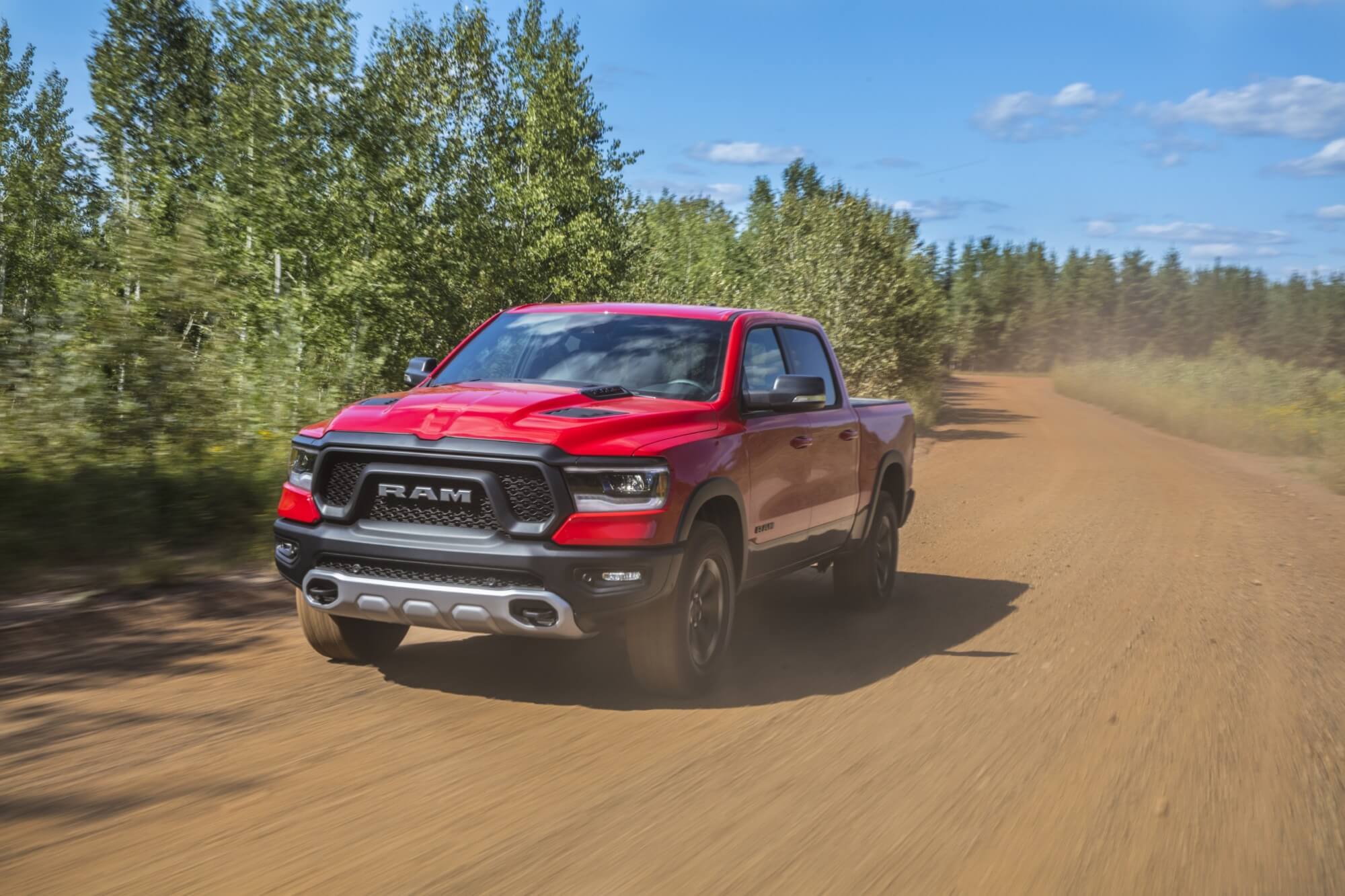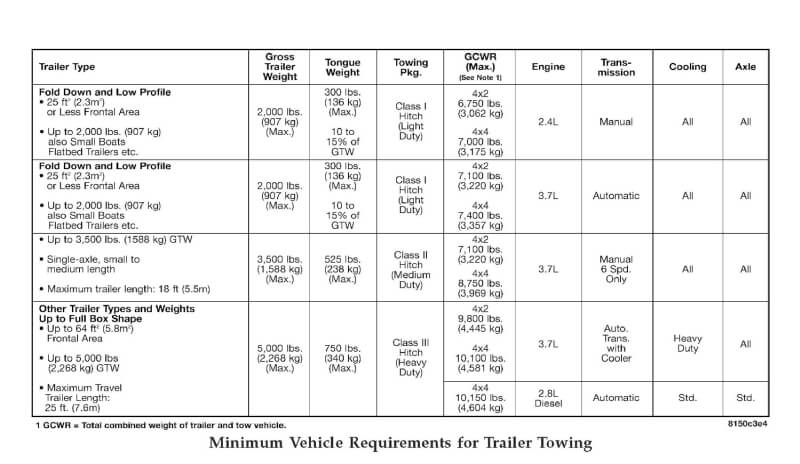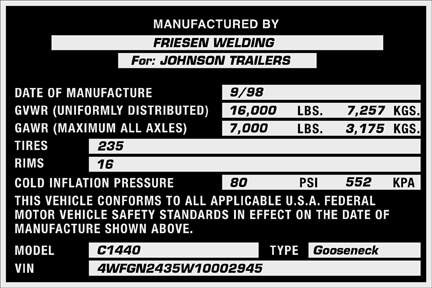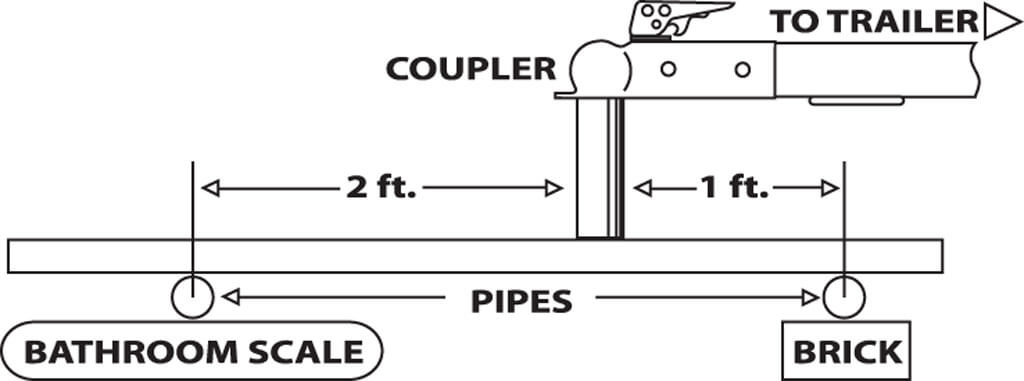
Towing Your Trailer – Determining the Towing Capacity You Need
No matter what you drive, you have to be sure that you completely understand what its towing capacity is. Exceeding the recommended capacity not only puts unnecessary strain on your engine, transmission, suspension, brakes, and cooling system but it can create some very dangerous situations for you out on the road.
The best place to find out about a vehicle’s towing capacity is the owner’s manual. In it you will not only find out what the vehicle can tow, but also detailed instructions and limitations and, very often, some good safe towing tips. For example, the manual for a 2000 Ford Crown Victoria contains the following:
“Your vehicle is classified as a light duty towing vehicle. . . Towing a trailer places an additional load on your vehicle’s engine, transmission, brakes, tires and suspension. Inspect these components carefully after towing. Your loaded trailer should weigh no more than 907 kg (2,000 lbs.).”
Here’s a chart from a 2005 Jeep Liberty manual:

GVW
Gross Vehicle Weight. This is your vehicle’s standard curb weight, plus an estimate of the typical load of passengers, fuel and stuff.
GVWR
Gross Vehicle Weight Rating. This is the maximum safe weight for your vehicle. Exceeding this weight will place stress on your engine, transmission, and brakes beyond what they are designed for.
GCW
Gross Combination Weight. This is the combined weight of your vehicle and the trailer (Not the tongue weight, but the total weight.) This number cannot exceed the GCWR.
GCWR
Gross Combination Weight Rating. This is the maximum safe weight of your vehicle and trailer when both are fully loaded with people, fuel, and all your stuff. And like the GVWR above; exceeding this weight will place stress on your engine, transmission, and brakes beyond what they are designed for.
GAW
Gross Axle Weight. This is the amount of weight that carried by each of the vehicle’s axles. They will be different based on engine weight and trailer tongue weight capacity.
GAWR
Gross Axle Weight Rating. This is the maximum safe weight you can place on the front and rear axles. And just like the other two weight ratings above, exceeding these numbers will damage your vehicle and create dangerous driving conditions.
Once you have determined your vehicle’s weight and towing capacities you should turn next to your trailer’s weight. A new trailer will have a VIN plate that has not only the trailer’s serial number but also lists the trailer’s weights and capacities. It should look like this:



Finally you need to know the tongue weight of your trailer. You can buy special tongue weight scales for about $150, but unless you tow many different trailers with varied loads very often, this probably isn’t necessary.
If you think you have less than 300 pounds of tongue weight you can use a common bathroom scale. But for more than 300 pounds you will have to set up a rig like this:

With this set-up, you take the reading off the bathroom scale and triple it to get your tongue weight.
If this isn’t practical for you, you can usually take your trailer to your local trailer dealer where he can determine the tongue weight for you.
You can change your tongue weight by changing the way your trailer is loaded. More weight in front of the axles will increase tongue weight, while moving the load to the rear will reduce it. You do not want so much of your load to the rear that you have negative tongue weight.
Tongue weight has a large affect on how your combined rig handles going down the road. Too much tongue weight will cause your vehicle to sag at the coupler putting more strain on the vehicle. Too much sag could even reduce the weight on the front wheels to the point that the ability to safely steer is reduced. Not enough tongue weight will cause the trailer to sway and wander and that also creates a dangerous driving condition. You want to shoot for a tongue weight that is about 10% of your total trailer weight. This is what most hitches are designed for to ensure safety.
If you still have questions or just want more information you can call us at 4 Wheel Parts or if you live in or around the Kansas City area stop in and see us. We have highly trained experts on staff that can help you get the most out your next towing experience.



2